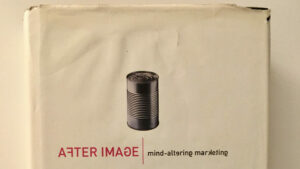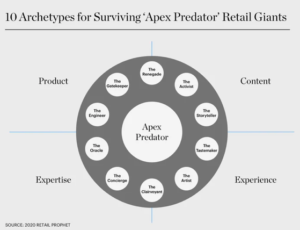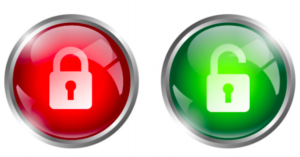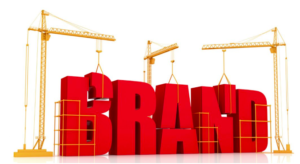How-To
A Primer in Customer Loyalty, Part 2


How is the concept of customer loyalty developing, what are the trends, and who is doing interesting stuff?
Modern trends and best practice
With such a big and ever-growing discipline that is getting more specialized every day it’s easy to spot not a couple but numerous trends. Here are a few key ones:
Advanced data analytics
The hot topic in marketing incl. customer loyalty is Big Data. Due to the digitalization of media, channels, and touch points companies have an increasing amount of data available about their customers. Used appropriately, Big Data can significantly improve ROI for companies through finer targeting, detailed insight to effectiveness, and hence ability to continuously optimize investments.
However, Big Data and analysis must not take the place of creativity in product, experience, media and messaging – the emotional rapport with customers is still the backbone in any brand.
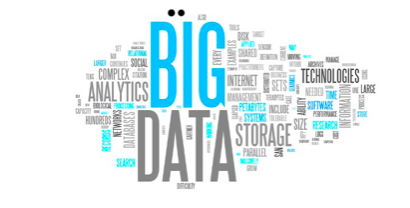
Brand-bonding
Some say that brand-bonding is the new brand-building. Where ‘building’ is a one-way thing, something the brand does on its own and for its own sake, ‘bonding’ denotes a relationship that involves participation from both parties and for the good of both parties.
Not to be mistaken with ‘bondage’ which should always be avoided. Though it’s tempting to tie customers as closely to our brand as possible by eg forcing high switching costs, this behavior can create a backlash. Rather, continuously give customers a good reason or better yet, several good reasons to stay with the brand out of their heart’s content and bond with the brand over time. There’s nothing more important than to be human, and that goes for brands too.
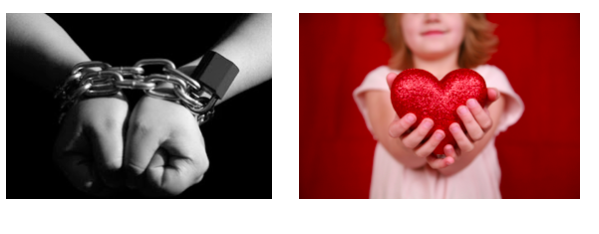
Get the basics right
“To really win their loyalty, forget the bells and whistles and just solve their problems”. So opens an article in Harvard Business Review in July 2010. Conventional wisdoms says that to increase loyalty, companies must continuously surprise and delight their customers. However, a lot of research finds that customers are more interested in simply getting their problem solved.
Customer satisfaction significantly decreases if the customer experiences hassles in resolving a issue, for example difficulties in getting in touch with the company, having to call twice, having to re-explain the problem, switch between service channels, or not being able to solve the problem through easy-to-use self-service at his/her convenience.
What is the customer supposed to do with a new, swanky ‘make-the-perfect-cup-of-coffee’ mobile app if he/she still hasn’t received the special blend that the coffee company was supposed to ship days ago, and btw no one there answers the phone? ‘Delight’ alone does not build loyalty among customers. Reducing their effort in problem-solving does.
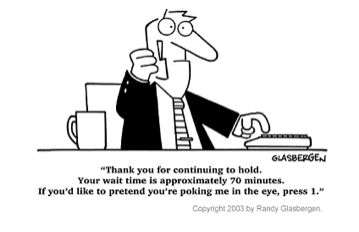
NPS as company-wide KPI
In 2003, Frederick Reichfeld published his article “The One Number You Need to Grow”. That number is called the Net Promoter Score (NPS) and measures a brand’s loyalty strength. Not simply by looking at customer satisfaction or retention, but by analyzing customer advocacy. That is: What does a customer tell his or her friends about the brand.
NPS takes loyalty a step further by acknowledging the fact that we are much more likely to pay attention to what people close to us say and much more likely to act on it than what some dude in a commercial says at a time when we’re busy doing other things.
Through his research Reichfeld demonstrates that measurement of company advocates, or promoters, is the strongest single measurable correlation between customers and corporate performance – ie the stronger NPS the higher sales and profitability because advocates bring in new customers that cost next to nothing to acquire.
Lego was one of the first brands to adopt NPS and today it’s a company-wide KPI as important as revenue and profit margin. Many large and small corporations – B2C and B2B – are beginning to understand the value of the NPS. Besides helping them get a clear picture of just how loyal their customers are, NPS helps shape strategies and, importantly, focus company’s attention on the customer thus helping to transform corporate culture.
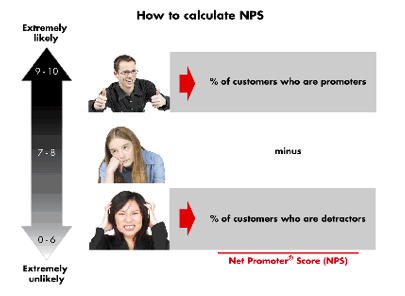
From sales funnel to experience cycle
“There’s a hole in the bucket, dear Liza, dear Liza,
There’s a hole in the bucket, dear Liza, a hole.
Then mend it, dear Henry, dear Henry, dear Henry,
Then mend it, dear Henry, dear Henry, mend it.”
Through several verses Henry and Liza discuss how to mend the hole, until Liza – probably a bit irritated – suggests that Henry uses his head to mend the hole. This might just as well be advice for a lot of companies – for example telcos – who continue to neglect the hole through which their customers disappear or apply patchy stop-gap solutions that don’t last for long. They should instead think about how to solve the bigger problem.
Which is this: In the good old days – 10-15 years ago, that is – the sales funnel was a straight path through which the brand could nudge customers along towards purchase. Today, this approach fails to address all the touch points and buying factors that determine the customer’s decision and the fact that marketing is no longer a one-way brand monologue but a two-way brand-customer conversation. It also fails to recognize customer loyalty and the equally important advocacy.
The one-way sales funnel has become a return-ticket customer experience journey where focus is on the end-to-end, closed loop customer experience cycle.
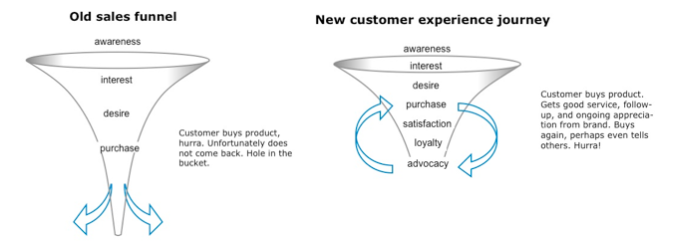
Total integration
Integration between touchpoints – store, website, social media presence, mobile site or app – is perceived as a given by customers. This puts pressure to not only integrate company infrastructure and ensure efficient systems integration with any 3rd party vendors but also optimize processes to support agile operations.
Technology-enabled loyalty programs will continue to grow, such as location-based (local), real-time programs using CLOs and consolidated loyalty schemes. Some brands will want to manage the whole customer cycle through to redemption and back themselves, others will outsource (parts of) it to one of the growing number of 3rd party vendors.
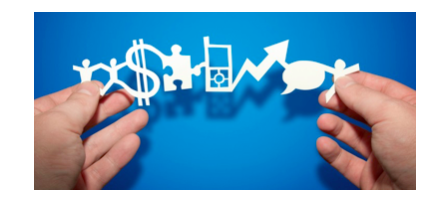
Polarization and serial bargain hunter
Building customer loyalty was initially – back in the 1800s – used as a business model, a vital and valuable way for both merchant and customer to have a relationship. Then through the middle of 1900s it became very promotional and tactical. And now there’s a major shift back to customer loyalty as strategy.
However, just as digital media has helped foster this shift it has also enabled speed and transparency. And customers still like a good deal, some so much that they no longer are loyal to any brands but buy whatever is cheapest that day. This segment is addressed by the ever-growing Groupon type schemes, ie fast, often local price promotions such as Spotdeal, Sweetdeal etc.
In the other end we have the content and participation-driven programs like Lego Club that are all about providing exclusive content, experiences, and access.
The price promotions have a role to play as long as we understand that they do not build loyalty, only price sensitivity.
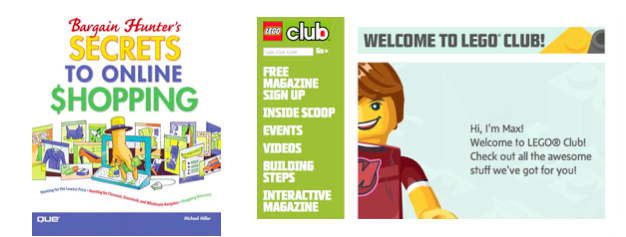
Part 1 of this Primer in Customer Loyalty is here.
